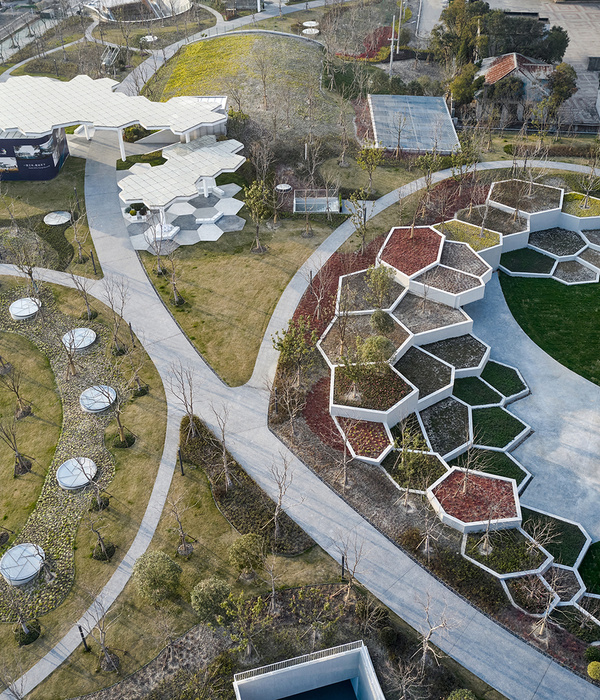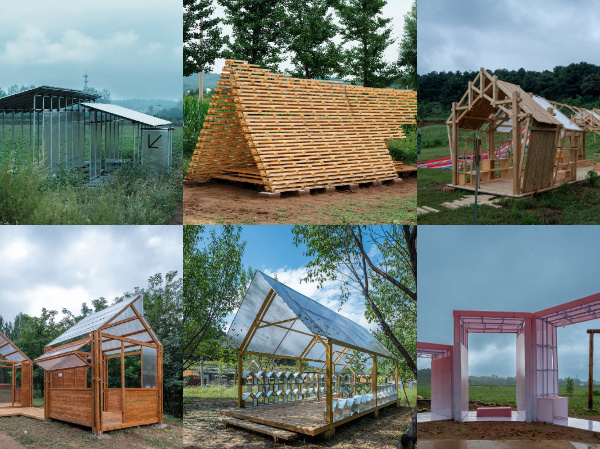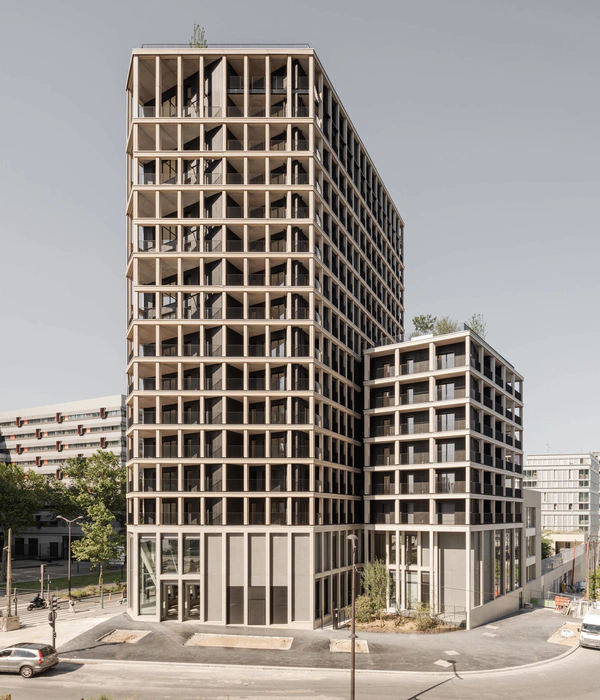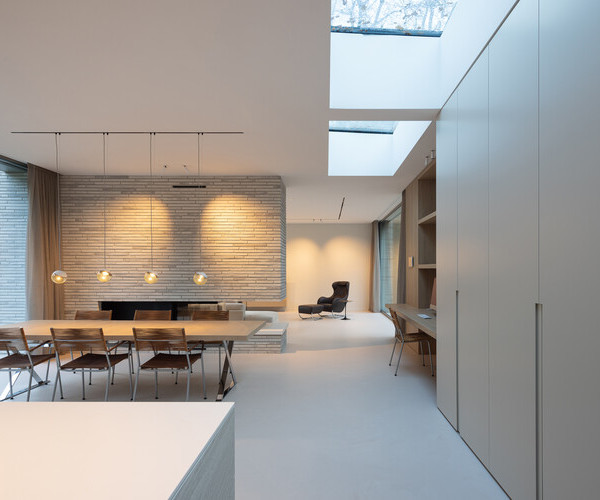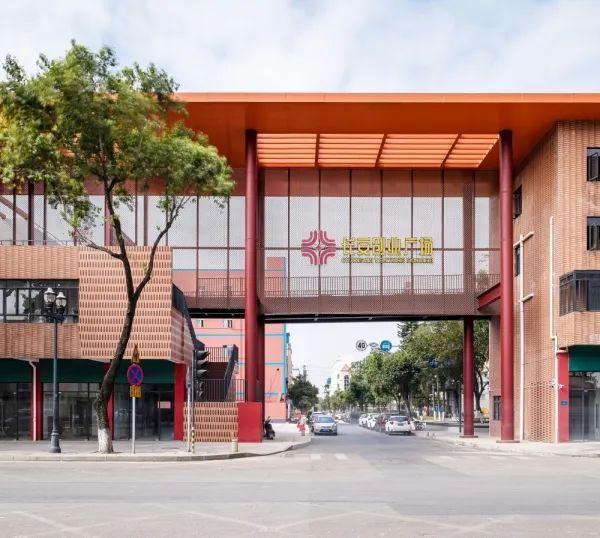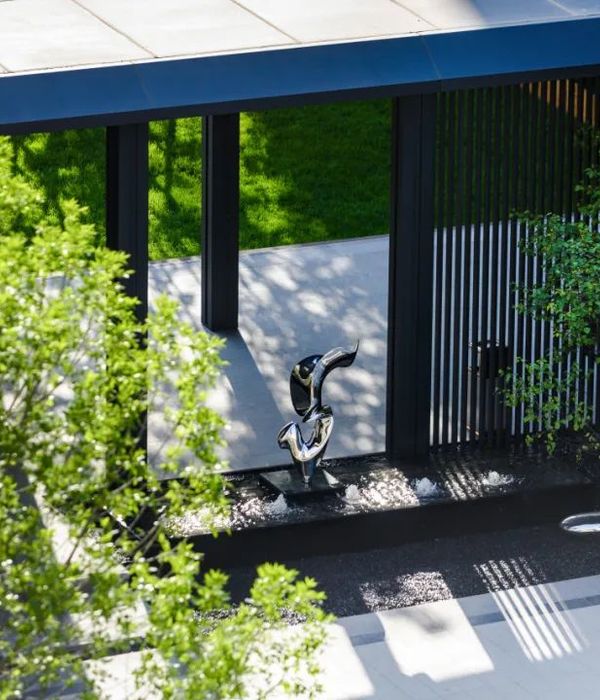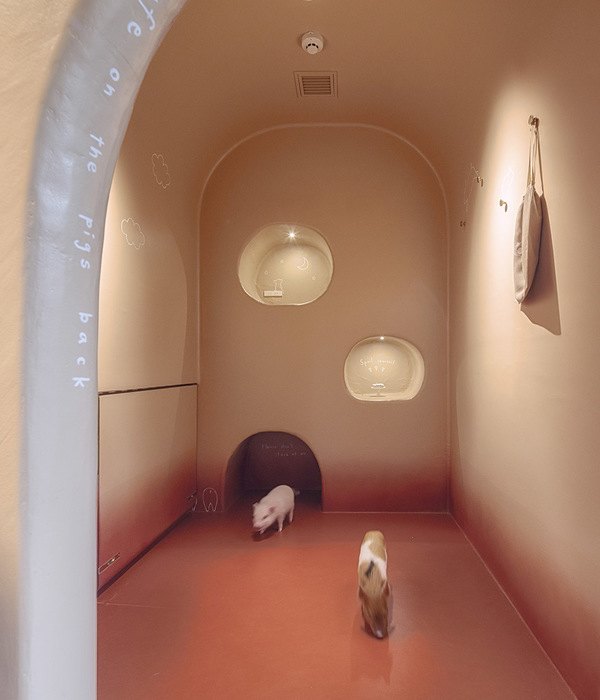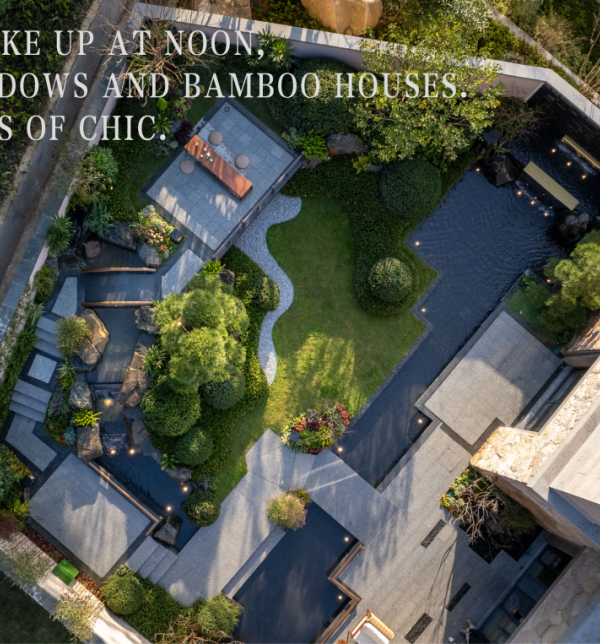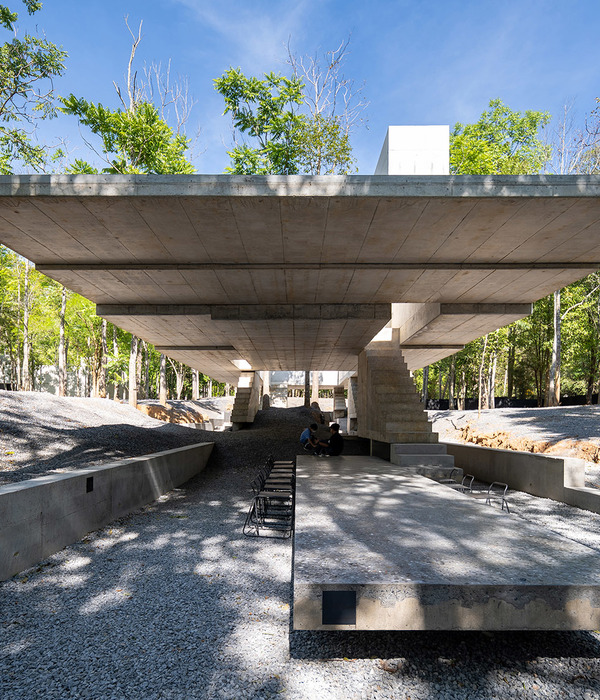The demographic trend in the last century has a wide response in the worldwide, consisting is an increasing of the world population with a particular emphasis of the elderly fragment. Together with this demographic phenomenon, a social one that occurs between the different generations, fractures the interrelation between age classes with a consequent isolation of the generations. In Shanghai the Lilong Communities are still surviving to the wide-spread urbanization, a phenomenon that in the last three decades saw a diffuse destruction of those communities in favor of high-rise residential buildings or huge commercial centers. Those communities are the place in which people, in a Global City such as Shanghai, can still preserve local’s daily relations, in environment that are human and social scaled. A new sensitivity in the last years about the preservation of these communities is spreading, but no efforts has been made in order to implement the general living conditions of these areas, within the surrounding environment. The purpose of this thesis is about demonstrating how a Multi-generational approach in the urban and architecture design, can increase the general living condition by promoting a better usage of the spaces inside the community. During the workflow thanks to weekly surveys in the project area, the urgency of services that can cover all the generation needs has been underlined by locals, and thanks to the new trends about multi-generational design, it’s possible to use this knowledge in order to offer design solutions that can solve the actual situation. The area chosen in the thesis is North Sichuan Road in Shanghai, an historical area full of heritages and old cultural buildings. Here some Lilong communities survived to the destruction phenomenon, and the research work within the final design, is focused on one of these communities.
{{item.text_origin}}

